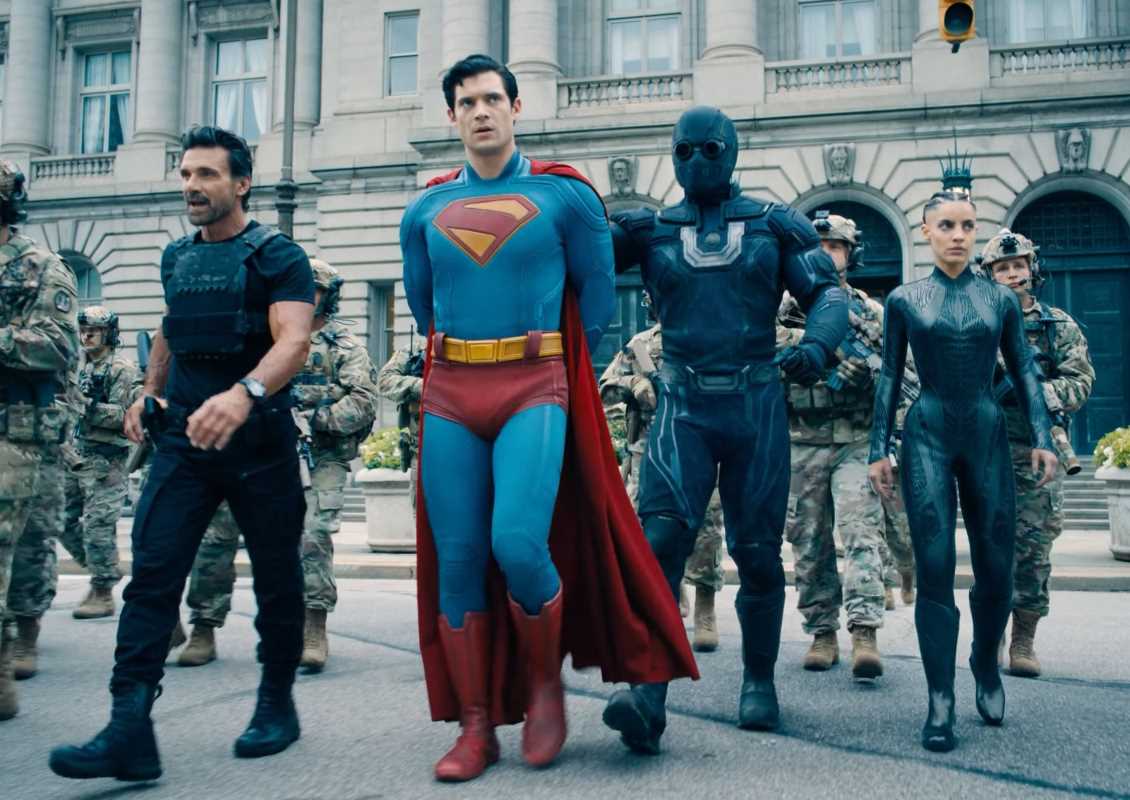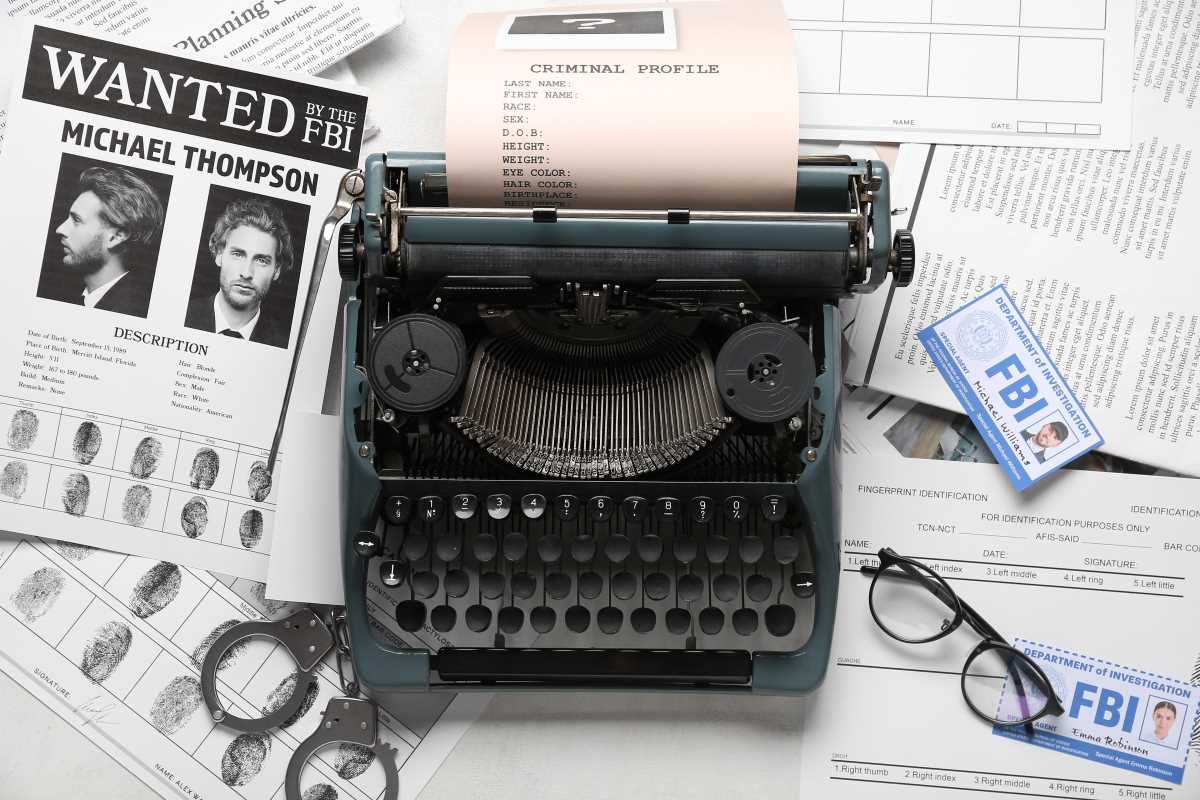Nostalgia is one of the most powerful forces in entertainment, and Hollywood knows it. Revisiting stories, characters, and eras from the past has become a surefire way to attract audiences and generate excitement. Whether through reboots, sequels, or throwbacks to bygone eras, nostalgia tugs at our heartstrings and draws us back into theaters. But why has it become such an essential tool in Hollywood’s marketing strategy, and what does it mean for the future of the industry? By examining the emotional pull of nostalgia through recent examples in Hollywood, we can explore why this strategy is so effective and whether it’s here to stay.
The Emotional and Psychological Pull of Nostalgia
At its core, nostalgia is a longing for the past. It’s a deeply emotional response that connects us to memories of simpler times or joyful experiences. Psychologists suggest that nostalgia can serve as a form of comfort, helping people cope with uncertainty and change. Amid global challenges like a pandemic or economic instability, audiences are drawn to familiar stories that evoke warmth, security, and belonging.
Hollywood has tapped into this emotional response by creating movies designed to reawaken fond memories. Seeing a beloved character or revisiting an iconic world allows audiences to relive the magic they once felt. This emotional resonance often overrides concerns about plot originality or innovation, making nostalgia a powerful tool for marketing.
Nostalgia often appeals to multiple generations. For adults, it’s a reminder of cherished moments from childhood or young adulthood. For younger audiences, it’s a chance to experience the cultural phenomena talked about by their parents or older siblings. This multi-generational appeal ensures broader demographic reach, which is critical for box office success.
The Success Stories of Nostalgia-Driven Movies
Hollywood has produced countless examples of films that bank on nostalgia to draw audiences into theaters. These movies often combine familiar elements with modern updates, striking a balance between honoring the past and appealing to contemporary audiences.
Top Gun: Maverick (2022)
When Top Gun first hit theaters in 1986, it became an instant cultural phenomenon, with its adrenaline-filled dogfights and Tom Cruise’s iconic grin leaving a lasting impression on audiences. Decades later, Top Gun: Maverick was a high-stakes gamble to recapture that magic. The film paid homage to the original with callbacks like the famous volleyball scene (updated to a beach football montage) and Kenny Loggins' timeless "Danger Zone," while introducing new characters and cutting-edge aerial sequences for a fresh audience.
The result? Over $1.4 billion at the global box office and critical acclaim. The movie didn’t just feed on nostalgia; it elevated the technical spectacle and emotional storytelling, proving the enduring appeal of a legacy sequel.
Jurassic World (2015)
Another major nostalgia-driven success was Jurassic World, the sequel to the original Jurassic Park. Released more than two decades after Steven Spielberg’s 1993 classic, the film delighted audiences by revisiting the iconic park, complete with updated dinosaurs and modern references.
Scenes like the reappearance of the original visitor center and the haunting notes of John Williams’ music were deliberate nods to fans of the original. By combining visual nostalgia with a story that spoke to a new generation of moviegoers, Jurassic World achieved tremendous success, grossing $1.6 billion worldwide.
The Little Mermaid (2023)
Disney’s live-action remake of The Little Mermaid is another example of nostalgia packaged for modern sensibilities. The 1989 animated classic remains beloved by countless fans for its groundbreaking animation and captivating songs. The remake retained iconic numbers like "Part of Your World," while reimagining Ariel (played by Halle Bailey) as a more empowered and relatable character. It also introduced new songs and story elements to suit contemporary tastes.
Disney’s live-action approach has been a consistent moneymaker, from The Lion King to Aladdin. The Little Mermaid exemplifies how nostalgic content can be transformed with diversity and inclusivity, appealing to those who grew up with the original while inviting new audiences to engage with the story.
Ghostbusters: Afterlife (2021)
With Ghostbusters: Afterlife, director Jason Reitman, son of the original films’ director Ivan Reitman, crafted a love letter to the 1984 classic. By telling the story of a new generation discovering the Ghostbusters' legacy, the movie bridged the gap between longtime fans and younger viewers. Iconic elements like the Ecto-1, proton packs, and ghostly Slimer were all reintroduced, but the film also brought heartfelt emotion to its narrative by exploring family ties and legacy.
Although its box office performance wasn’t as astronomical as other nostalgia-driven films, Ghostbusters: Afterlife resonated deeply with fans who longed for a respectful continuation of the beloved series. Critics praised it for understanding the spirit of the original while carving out its own identity.
Beetlejuice Beetlejuice (2024)
Beetlejuice Beetlejuice taps into the nostalgia of the 1988 classic by bringing back beloved elements that fans hold dear. Michael Keaton’s Beetlejuice returns in all his chaotic glory, alongside Winona Ryder as Lydia Deetz, now navigating life as a mother. The film revisits iconic settings like the Deetz family’s haunted home and the miniature model town in the attic, which once again serves as a gateway to the Afterlife.
Tim Burton’s signature visual style, with its surreal and quirky designs, remains intact, creating a seamless connection to the original. From Beetlejuice’s mischievous antics to the eerie yet whimsical tone, the sequel is packed with nods that celebrate the spirit of the original while inviting a new generation into its ghostly world.
The Business of Nostalgia in Hollywood
For Hollywood, nostalgia isn’t just an emotional tool; it’s a business strategy. Familiar properties come with pre-existing fan bases, significantly reducing marketing risks. Audiences already have an emotional investment in classics like Star Wars, Harry Potter, or The Matrix, making them more likely to flock to theaters for sequels or reboots.
Studios also benefit from the cross-marketing opportunities nostalgia provides. Merchandise tied to iconic franchises, such as Jurassic Park T-shirts or Star Wars action figures, generates additional revenue. Limited re-releases of films or anniversary events also serve to reignite interest in older titles while paving the way for reboots or spin-offs.
The Balance Between Nostalgia and Innovation
While nostalgia has proven to be a lucrative strategy, it’s not without its challenges. Over-reliance on the past can lead to creative stagnation. Audiences quickly recognize when a project feels like a cash grab versus a genuine attempt to honor a beloved franchise. For example, films like the Lion King (2019) remake, while commercially successful, faced criticism for being overly derivative of the original without offering anything new.
The key to sustaining this trend lies in balance. Successful nostalgia-driven films like Top Gun: Maverick or Spider-Man: No Way Home (2021) combine callbacks and fan service with fresh storytelling, ensuring they stand on their own merits. Audiences want to feel the warmth of familiarity, but they also crave innovation that respects the original while exploring new creative territories.
Is This Trend Sustainable?
Will creativity suffer as studios continue to prioritize reboots and sequels over original concepts? Or will advances in technology and social awareness give rise to stories that blend familiarity with progressive ideas?
For now, audiences seem more than willing to revisit the worlds that shaped their childhoods, whether through a New Republic Star Wars series on Disney+ or a magical reunion at Hogwarts. The key for filmmakers will be to use nostalgia as a foundation for compelling narratives rather than a crutch.
 (Image source: Warner Bros. Pictures/The Geffen Company)
(Image source: Warner Bros. Pictures/The Geffen Company) 





